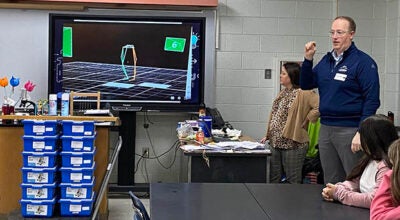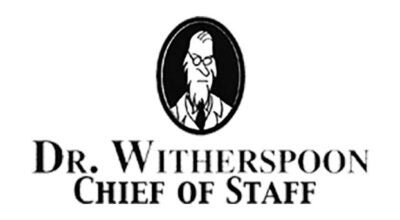First opioid payments arrive locally
Published 8:46 am Friday, February 3, 2023
|
Getting your Trinity Audio player ready...
|
Over the last few days, Charlotte and the surrounding counties all received the first payments from a deal made three years ago. In February 2020, opioid manufacturer Mallinckrodt reached a $1.6 billion settlement with 40 states, including Virginia. The deal was that in exchange for the settlement, the company would not be included in any opioid-related lawsuits. And there had been a concern within the company that Mallinckrodt would be named as a defendant, as they are the largest generic opioid manufacturer in America.
And so, the first payments arrived this week. Virginia overall received $3.488 million, split between the Commonwealth as a whole, the Opioid Abatement Authority and the various cities and counties.
Now to be clear, we’re not talking about millions of dollars coming to local areas immediately. In this first payment, Charlotte County picked up $1,444.28, Lunenburg County received $920.99 and neighboring Prince Edward County received $1,988.51.
The counties will receive funds over the next eight years as part of the settlement. And the money will mainly be used to help fund treatment and recovery programs, working with the Piedmont Health District and Centra.
One of the plans on a regional basis is to build a drug court. Currently, if someone gets arrested for substance abuse, they go to jail. Drug court instead offers them opportunities to attend classes or counseling, so they can change their behavior. If they comply, they don’t have to serve time. It’s also proven to work. Data from the National Institute of Justice shows recidivism, or repeat arrest rates, fall between 17% to 28% in areas with a drug court.
OPIOID RATES DROP
As of 2020, the latest data we have, an average of 43.3 opioid prescriptions were given out per each 100 people in the United States. Charlotte County is far below that, coming in at 25.2 prescriptions for every 100 people.Lunenburg County dropped even farther, coming in at 6.34, according to the Centers for Disease Control (CDC). That’s also lower than some other neighboring counties, as 20.8 opioid prescriptions were given out for every 100 people in Prince Edward County.
“Much of this trend is due to increased caution by many providers in prescribing opiates or any controlled substance,” said Piedmont Health District Director Maria Almond. “Often, the preference now is for primary care providers to refer patients to a specialized pain provider, who balances the prescribing of opiates with other (alternatives).”
In fact, as some other Southside counties find their opioid problem growing, Charlotte is headed in the opposite direction. Now, as money starts coming in from opioid production settlements, it’s going to further help the county clean up.




